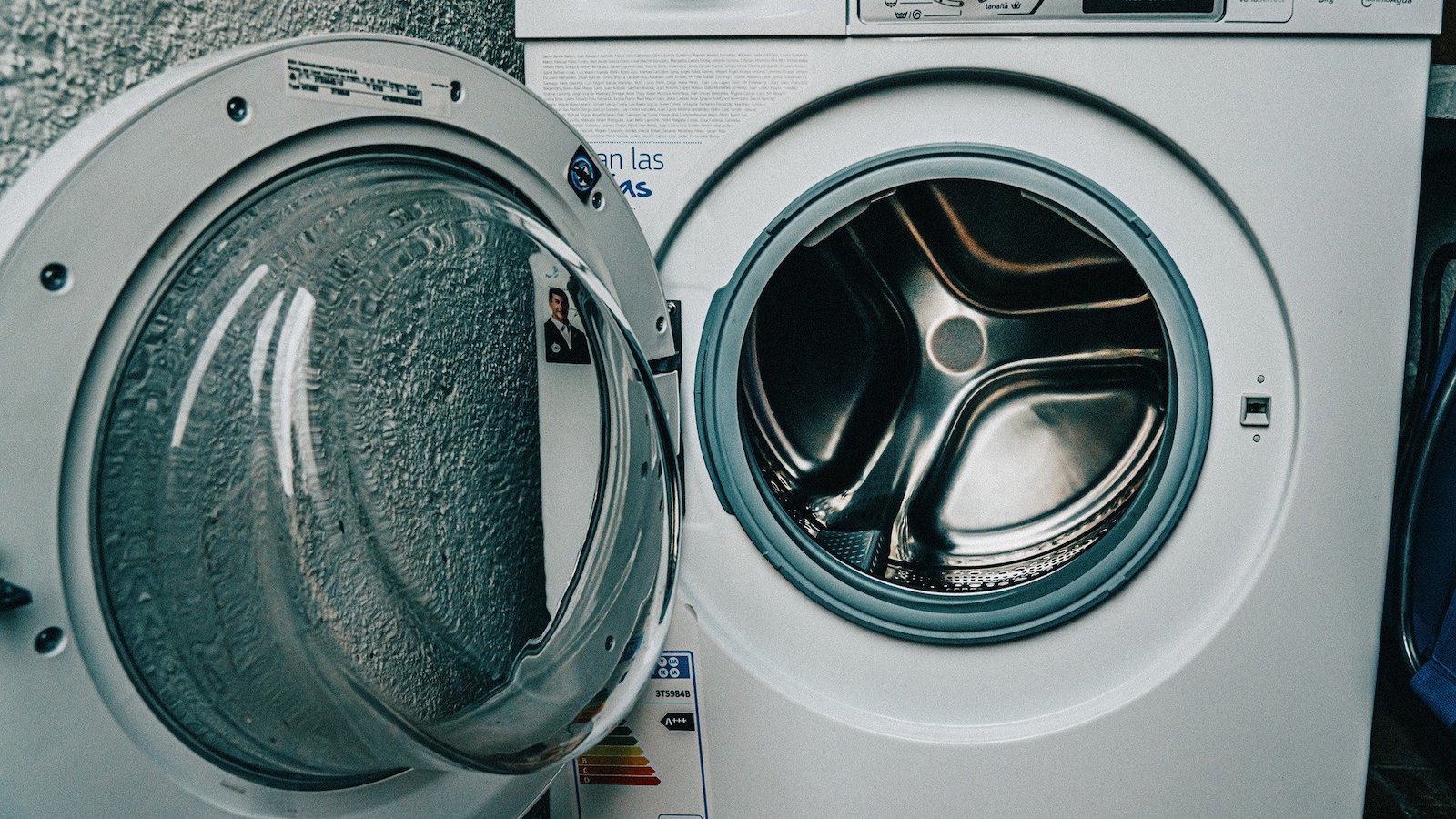You’re not crazy: your appliances were built to fail you
Why appliances aren’t built to last, and how the E.U. is changing that.

Myles Ong, co-owner of J&M Appliances in Reno, Nevada, knows a great deal about appliance repair. When he’s not working toward being a professional black jack player, he’s fixing appliances. He has two rules: never hit on 16 or higher in a black jack game, and never buy a $2,000 appliance, because it’s probably going to last you just as long as the one that costs half as much.
Once upon a time, appliances were built to last and had simple, easily fixable mechanical parts. Fifty years ago, our appliances lasted a lot longer. According to Ryan Finlay, an appliance technician who founded the online appliance repair school TradeSkills, appliances built in the 1970s generally lasted between 30 to 50 years. And if they broke along the way, they were made so that you could fix them.
But as technicians will tell you, appliances aren’t made to last anymore. Now, we replace these hulking machines made with cutting edge, 21st century technology at the hasty rate of about a decade, or even less. If that doesn’t make sense to you, you’re not alone. I’m here to explain why appliances don’t last — and what we can do about it.
Obsolescence is a failure of design
The absurdly short lifespan of appliances began around the 1970s, and it originated with design — specifically, bad design. Myles gave me the example of a water pressure sensor, which detects the liquid level in a washer and tells the machine when to turn off. The part itself only costs $60, but replacing it is not that simple. Nowadays, the water pressure sensor and all sorts of other parts are soldered onto the machine’s circuit board or its central control unit, which costs $200. In non-techy terms: to replace one part, you actually have to replace another, which costs three times as much.
This impractical design is the norm in the appliance world. On top of that, Myles says many replacement parts are no longer available after only three to five years. After that, appliance brands alter the internal design, making repairs expensive or impossible, and rendering old machines obsolete. Myles says that some manufacturers restrict parts “just in time” for an appliance to become obsolete, and force the consumer to get a new one. No wonder the typical warranty period for appliances is a mere one or two years.
During the COVID-19 pandemic, consumers realized the consequences of appliance design flaws the hard way. As our appliances were called upon to meet our needs (and our boredom), the demand for appliance repair, a once-declining business, skyrocketed. Myles saw more repairs and more urgency than normal — customers needed their appliances fixed yesterday. Consumers, however, ran into a problem: Many of our appliances weren’t designed to be repaired in the first place, and the companies that manufacture them restrict access to parts and service information.
Myles hates that appliances die so quickly. He identifies himself as “sort of a tree-hugger,” and he knows how much our appliance replacement habit hurts the world around us. One study found that appliances comprise more than half of the world’s electronic waste — a toxic and rapidly growing stream. Appliance manufacturers like to boast about the energy efficiency of newer machines, but how environmentally friendly can a machine be if we’re replacing it three to five times faster than we used to?
Our colossal old machines are stacking up in our landfills, becoming manifestations of the plastic, metal, and greenhouse gases we use up and throw away after one little part gives out. We need a change. “Protesting with your purse” might not be effective: only four brands dominate the vast majority of the appliance market, so it’s unclear if any appliances will last you much more than others.
To cut waste, appliance brands need to make stuff that can last. Right to repair reforms would be a great start.
E.U. says no to obsolescence and yes to repair
In 2021, new right to repair rules for appliances went into effect in the European Union, in large part to address e-waste. Manufacturers will need to make replacement parts for at least 10 years after they introduce a model in the E.U. to ensure that an appliance won’t become obsolete for a decade or more. Furthermore, anyone must be able to dismantle new appliances using common tools — not the proprietary screws many manufacturers use to keep consumers out — so repairs are easier and recycling is more efficient.
Americans are demanding the right to repair our appliances, too. More than half of the states in the U.S. have introduced Right to Repair bills in 2021, including one New Hampshire bill solely focused on appliances. Right to Repair legislation would ensure the availability of replacement parts and other critical repair resources such as schematics.
Myles says if Right to Repair legislation is passed, brands might factor repair more into their designs. That would help extend the lifespan of your appliance.
Appliances should be designed to last and be repaired. Anything short of that is silly and environmentally destructive. We can’t tell appliance manufacturers how to make their machines, but at least we can demand that we be able to fix them.
Junked by Design is a blog series about stuff that’s not made to last or be repaired. Junked by Design dives deep into planned obsolescence and examines gadgets that are bricked, or rendered useless, far before their rightful end, and others that are doomed to become e-waste from the start.
Topics
Authors
Anne Marie Green
Find Out More

Apple AirPods are designed to die: Here’s what you should know

A look back at what our unique network accomplished in 2023

Why parents, teachers and school districts are fed up with their Chromebooks
